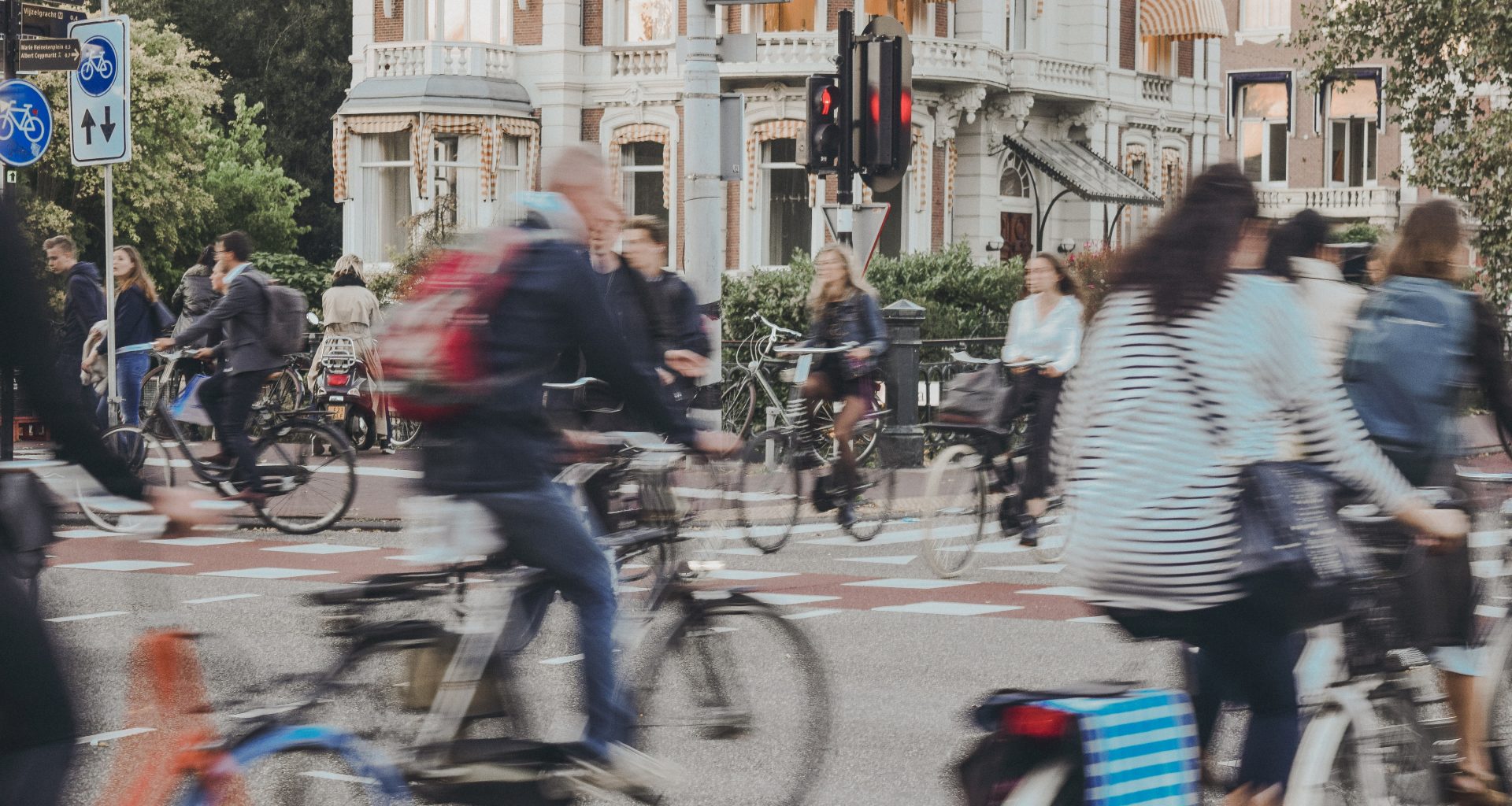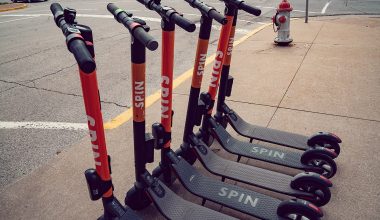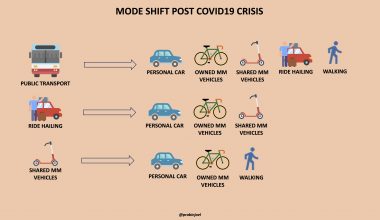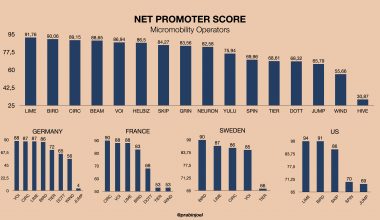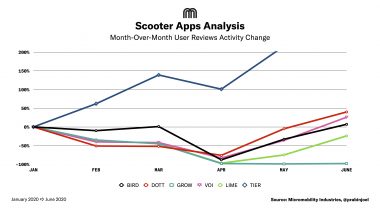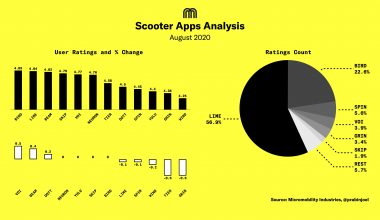Easiest to change is self than the world – this is true generally in all facets of life. Any change that we would like to see in the world should start from within.
Being involved in mobility businesses over the last years, and being concerned about rising emissions linked to transportation, I feel that we are barking at the wrong tree to bring real change.
Human beings have evolved from involving animal cruelty for their transportation needs to fully relying on machines to move just in the last say 150 years. From animal cruelty point of view, this is a massive change – but we collectively failed in effectively foreseeing what this change would bring to the liveability of our planet.
In the last decades, Scientists have been warning us all on the rise of CO2 emissions and that the transport linked emissions is one of the big contributors. Only in recent years, many countries started enforcing emission controls on cars and other vehicles to keep them under control to reach certain emission targets. There are few organisations launched in the recent years that are actively pushing to get rid of cars and other high emission vehicles and replacing them with e-bikes or e-scooters – premise for most micromobility companies today.
If you have been following me on twitter or LinkedIn, you would know that I’m not against cars, but against using them when not necessary. I believe that every transport mode that we have now, have their place in the mobility ecosystem. My parents who live in India, never owned a car and relied on public transport throughout their lives. But right now, as they are aged, they rely on rented cars to say get to the hospital or to the city for shopping. My parents are not alone here and there are many that rely on cars or similar modes just because they can’t use public transport or other micromobility options. I don’t think it is fair to deny them this right of movement.
Will a complete shift from cars to other micromobility options or public transport options make a change? Absolutely! But unfortunately this is not practical.
A general example that is always brought up to push a modal shift towards micromobility is the amount of bicycles that we see in the Dutch streets. Every city wants to copy what we see in the Netherlands – more bikes, more bike lanes etc. In doing so, we completely missed a very important point. Number of cars per 1000 inhabitants is high in Netherlands – so is the number of bicycles. What we don’t notice is that most of the times the Dutch pick the right vehicle for the right job to be done. Bicycles have their place, so do other modes of transport including cars.
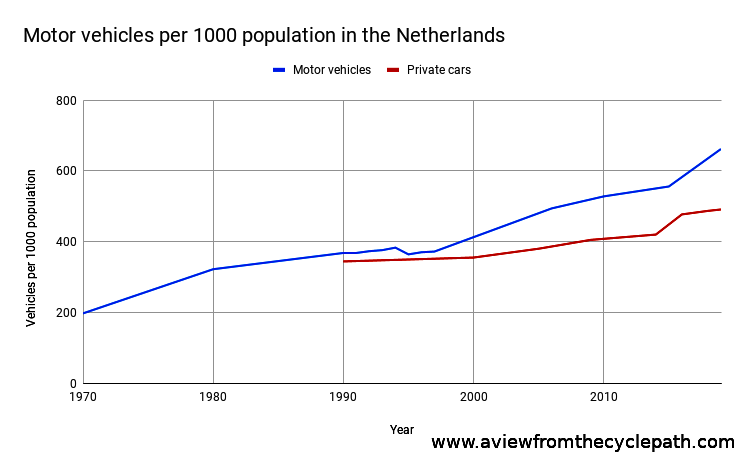
If every mode of transport has its place in the mobility ecosystem, what next? Behaviour change!
In olden times, there were less variety of food easily accessible to everyone. People consumed what was available and right – normally in controlled quantities, given that food had to be stored for uncertain times. Poverty was at an all time high. May be for the first time in human history, we have access to a wide variety of food and there are more people dying because of illnesses linked to obesity than poverty.
With this abundance in food options, some of us were ruthless consumers of food, including me. But, at some point, we took a step back and realized that may be consuming whatever food options available out there is not a great idea. We started counting calories, developed an understanding of which food is good for health and not – we rationed carbs, fat and protein intake and stayed away from processed food.
It was not so easy making this transformation, but it was a long journey for many to get to a state of conscious consumption – a perfect understanding of what the body needs and the food we consume.
We need such a personal journey in mobility as well. It might sound bizzarre, but not many have a good understanding of which vehicle to choose for the job to be done. When living in India, buying my first car, I did not care about emissions – went for the largest engine within my budget. After moving to Belgium, this attitude towards cars changed. Now I know emission numbers of all cars I’ve had over the years. When diving into mobility, I spent time understanding the emissions linked to all mobility options available and now, subconsciously, all my mobility decisions are linked to these emission numbers. At the end of this transformation, I see myself using a mix of micromobility, public transit, owned/shared cars and ride hailing – but, my choice of those is improving. For most of my mobility needs within Brussels, I stick to walking and public transport and very rarely e-scooters.
It is not just me, but many have undergone such transformation to be conscious consumers of mobility – just that this is not something that is discussed often.
If you want to see a real change, stop pointing fingers at others, but begin that change from within. We will move much faster towards our emission goals than waiting for policy makers to act.
How can we change ourselves? How can we be conscious consumers of mobility and be aware of our contribution to CO2 emissions?
- Start by tracking your mobility linked emissions for 2 weeks or a month
- Find modes that contributed most to the total emissions
- Replace those modes with vehicles that emit less
- Set a monthly and yearly goal to be sure that you don’t go beyond this limit – like how some track calories on myfitnesspal with a daily Calorie intake limit
When you follow these rather simple steps for few months, quality of mobility decisions that you would make will improve – you will stop replacing walking trips with e-scooter trips, rather replace short car trips with e-scooters, for example.
It took many years for me to change my mobility behaviour and it is not so late for any of you reading this to start. Start now and be the change you want to see.
Next big thing in mobility is not different vehicle modes, form factors or business models, but behaviour change. If atleast a percentage of those who read this article would decide to start this transformation, we will reach our emission goals much faster and our future generations will thank us!
Note: I’m building mymobilitypal as a hobby project to make this transformation easy. Follow me on twitter to get updates on the progress and to get early access if interested.
Photo by Noralí Nayla on Unsplash
